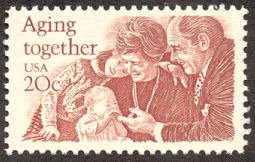Over the weekend, the U.K.'s
Telegraph published the following editorial,
Coming Unstuck, about the collapse of Escala (see post 5/10/2006).
"The philatelic scandal in Spain is shocking news for small boys. A special investment fund whose value was built on rare stamps has turned out to be a fraud, and countless Spaniards have lost their shirts. "
"This wrecks the idea of the innocent hobby so many of us grew up with. We all know that some stamps - the Mauritian blue, the penny black, and various others coveted by King George V - were extremely valuable, but that was not really their point. They taught us about geography: how else would we ever have looked up Bechuanaland, or Basutoland, on a map? "
"We learnt history and current affairs from them, spotting the heads of kings, queens and dictators. We learnt an appreciation of art, for to have a stamp collection of even modest proportions is to have your own art gallery in an album. We learnt how to develop specialisms within a hobby, searching for inverted watermarks, or noting the 24 different shades of the tuppenny-ha'penny blue."
"On wet afternoons they would transport us not merely to far-flung corners of the globe, but back to happier times: who now can look at the majestic "Seahorse" high values of the 1910s and 1920s without feeling the resonance of the powerful nation that issued them?"
"Stamp collecting also served another purpose. It taught small boys the difference between buying and selling. No doubt one such small boy saw the profits that could be made, and started his own investment fund. Such, we fear, is the hinge of fate."
For more on this story, click
here.
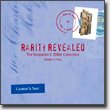 Yesterday I made a pilgrimage to go see the The New York Public Library's Benjamin K. Miller Collection exhibit at the National Postal Museum.
Yesterday I made a pilgrimage to go see the The New York Public Library's Benjamin K. Miller Collection exhibit at the National Postal Museum.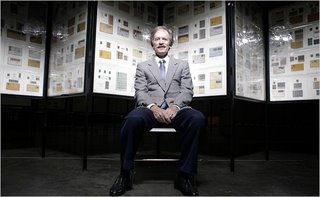




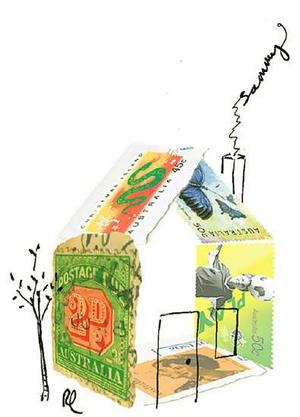
 Shown at the left is a "wanted poster" at the La Canada-Flintridge, Calif., post office as part of the promotion for
Shown at the left is a "wanted poster" at the La Canada-Flintridge, Calif., post office as part of the promotion for 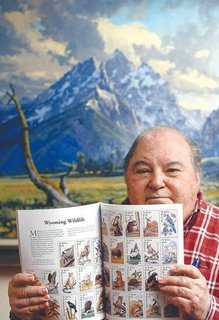


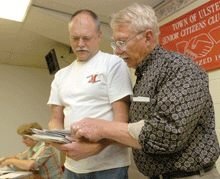
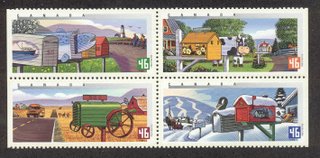
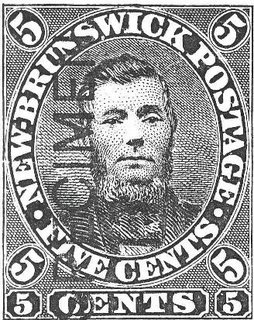
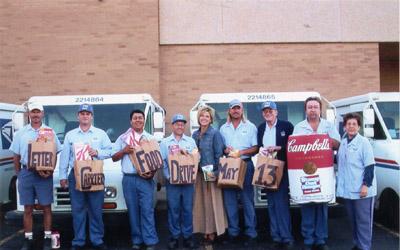
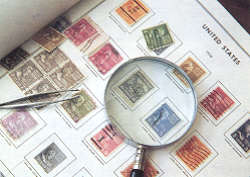


 Optometrist Dr. Justin R. Gordon spoke to a Jewish youth group last week in Chicago about “The Holocaust Journey.” While not a Holocaust survivor, he is a postal historian.
Optometrist Dr. Justin R. Gordon spoke to a Jewish youth group last week in Chicago about “The Holocaust Journey.” While not a Holocaust survivor, he is a postal historian.
